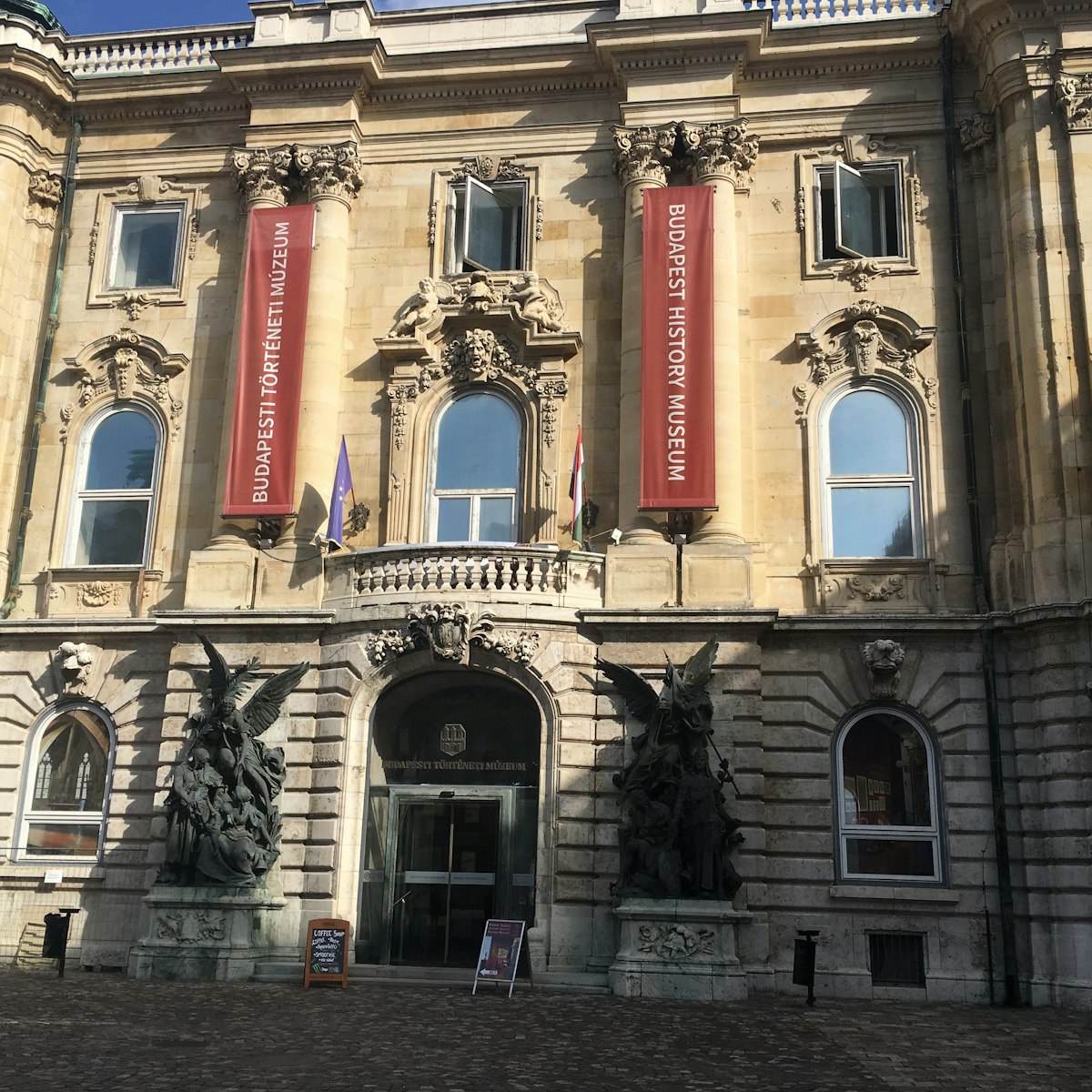The most complete Roman civilian town in Hungary was built around 100 AD and became the seat of the Roman province of Pannonia Inferior in AD 106. Visitors can explore its houses, baths, courtyards, fountains and sophisticated underfloor heating systems, as well as a recreation of a Roman painter's dwelling and Symphorus Mithraeum.
The purpose-built Aquincum Museum, just inside the entrance, puts the ruins in perspective, with a vast collection of Roman daily life objects and wall paintings.
At the museum, look out for the replica of a 3rd-century portable organ called a hydra and the mock-up of a Roman bath. Most of the big sculptures and stone sarcophagi are outside in the park. If you visit the site towards the end of May, dress in a toga for the Floralia Roman festival.








